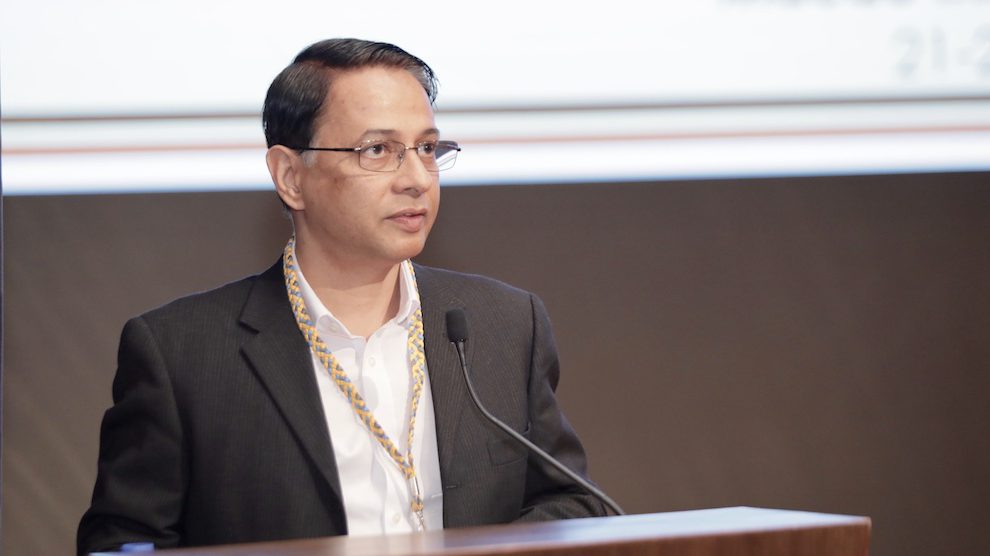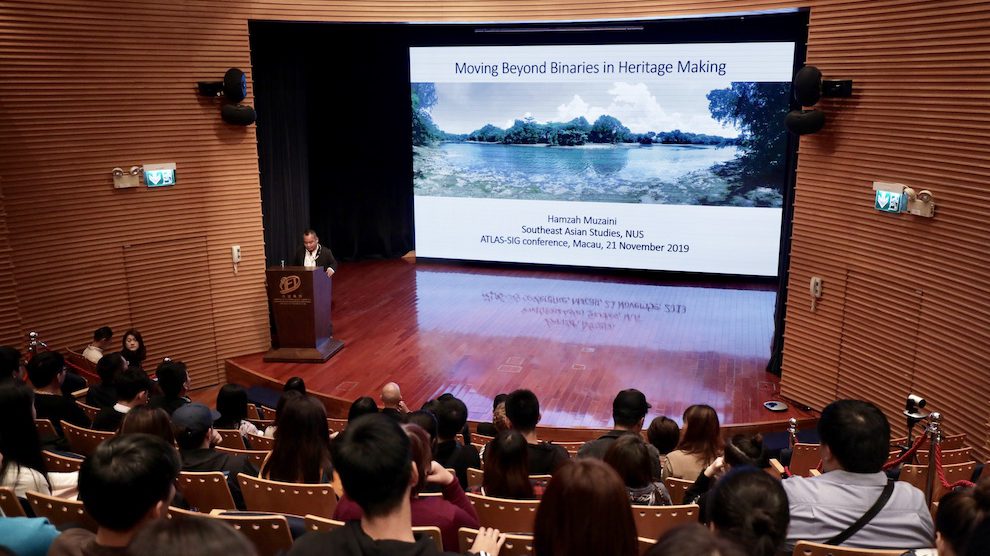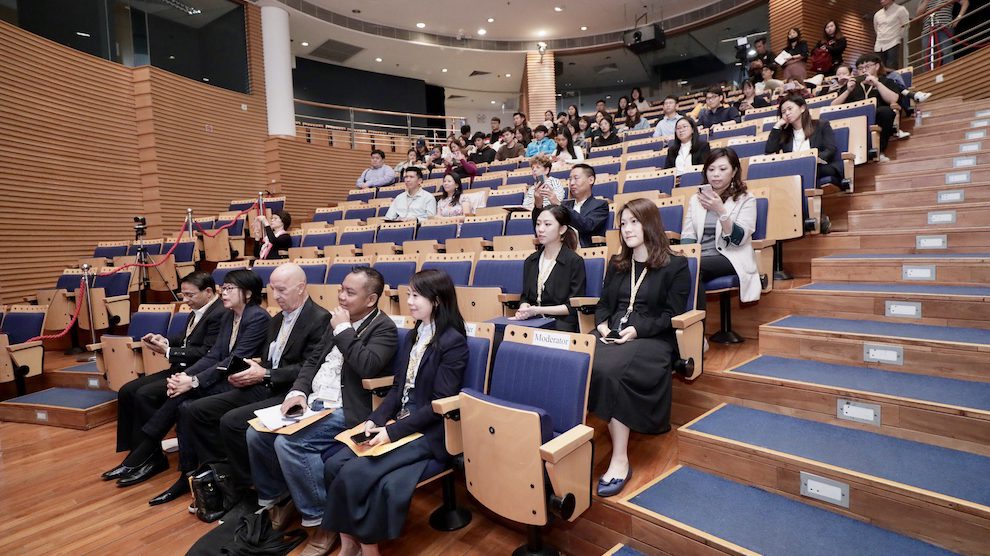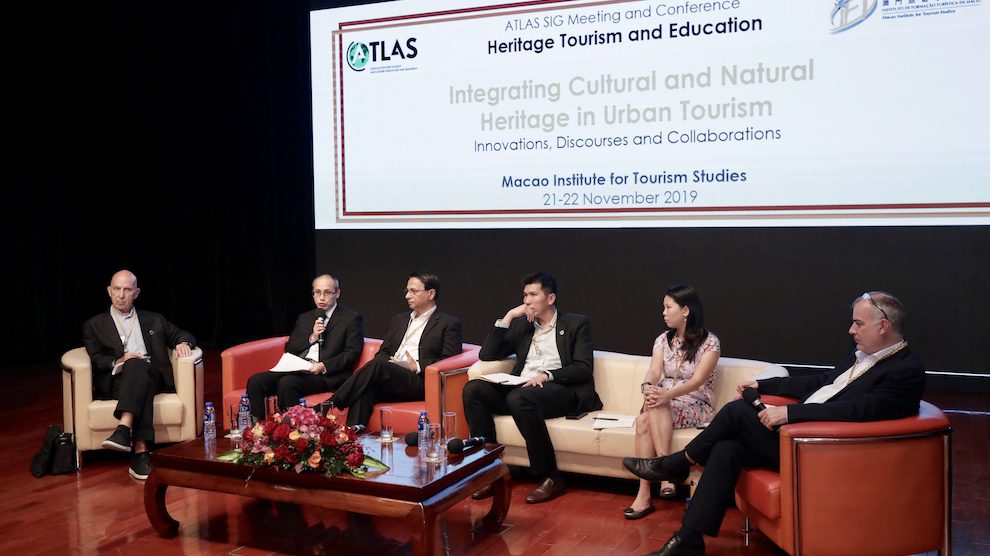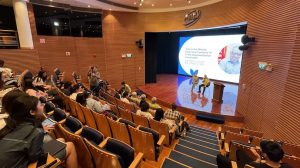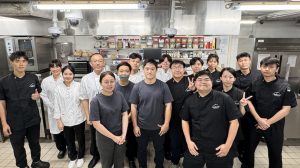Heritage academics and experts from around the world recently assembled at IFTM to discuss a hot topic: integrating cultural and natural heritage in tourism in urban areas.
The event was hosted on the IFTM Taipa Campus between 21 and 22 November by the Special Interest Group in Heritage Tourism and Education of the Association for Tourism and Leisure Education and Research. The latter body is also known as ATLAS.
ATLAS was established in 1991 to promote education about – and research into – tourism and leisure. The association has members in about 60 different parts of the world.
Invited Assistant Professor Dr. Sharif Shams Imon, who coordinates the IFTM’s Heritage Management and Tourism Business Management programmes, was among the conference convenors. Dr. Imon stresses the significance of the Institute having been the venue. “Heritage tourism is one of the key areas of tourism, and Macao is a World Heritage city, so there is an obvious connection between the two,” he says.
Heritage has more than a cultural dimension, and people should look at heritage from diverse perspectives, Dr. Imon says. “There are deep connections between tangible and intangible heritage, natural and cultural heritage,” he says.
Dr. Imon says it is important that people also pay attention to natural heritage. In Macao, Dr. Imon says, the urban heritage is linked to elements that spring from its natural landscape.
“People see places like the Ruins of St. Paul’s or A-Ma Temple as isolated monuments, but they are all connected to a common history. It’s important to think how we can make this understandable to visitors.”
Dr. Hamzah Bin Muzaini of the National University of Singapore’s Department of Southeast Asian Studies underscored the point in a keynote presentation to the conference. Dr. Hamzah said many academics argued against regarding heritage as a collection of sets of opposites, such as natural and cultural heritage, tangible and intangible heritage, and formal and informal heritage. Even so, much policy on heritage and heritage tourism persists in treating heritage from that point of view, instead of taking into account how intertwined heritage can be, he said.
Greater Bay Area focus
Dr. Imon says the conference had significance for the development of the Guangdong-Hong Kong-Macao Greater Bay Area, known as the Greater Bay Area. He says the various cities in the Greater Bay Area have different historical beginnings and thus offer opportunities for diverse heritage tourism experiences. For a more complete understanding of the heritage of the various parts of the Greater Bay Area, a holistic approach is needed, he says.
During the conference IFTM Assistant Professor Dr. Zhao Weibing contributed to a panel discussion on the challenges and opportunities for heritage tourism in the Greater Bay Area. Dr. Zhao said he believed heritage tourism in the area was entering a golden age, spurred on by the merger last year of the Chinese Ministry of Culture and the China National Tourism Administration to form the Ministry of Culture and Tourism. “This is not just a bureaucratic change,” he said. “It shows the Central Government understands how the two areas are connected.”
Singapore Management University Associate Professor Dr. Winston Chow, a specialist in the environment and tourism, warned that rising sea levels due to climate change could impede heritage tourism in the Greater Bay Area. He said there was a need to protect heritage in low-lying areas along the coast.
During the conference some of the many discussions on heritage tourism and presentations on the subject were streamed live online to audiences around the world. “This allowed everyone to have an opportunity to participate in and learn from the discussions,” says Dr. Imon. “You can call this the democratisation of the conference.”



